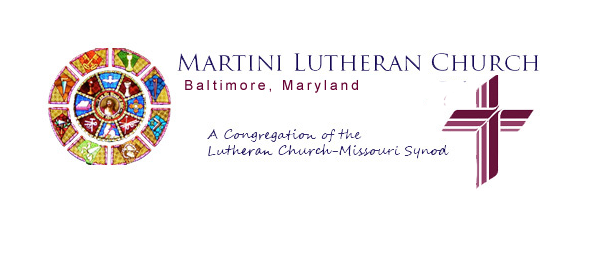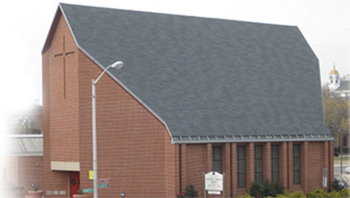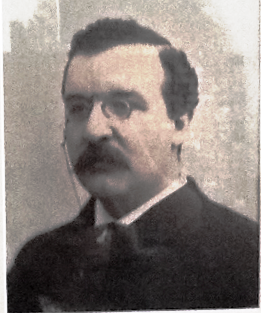The land for St. Paul’s Cemetery in Druid Hill Park was purchased by Second German Evangelical Lutheran, St. Paul’s Church in 1854. The 4½ acres was once a farm belonging to Francis L. Hilberg and his wife. There was a house and a barn on the acreage. A caretaker for the cemetery lived on site through the years until the house fell down. The three sister churches, Immanuel Lutheran Church, St. Paul’s LutheranChurch, and Martini Lutheran Church, who inherited the graveyard from their “mother church”, could not come to agreement on paying the funds needed to make repairs on the abode or could they raise enough funds for the care of the cemetery. There were valiant attempts to drum up perpetual care money through the years from the families who owned plots in the cemetery, but it never was quite enough to do a bang up job on keeping the cemetery in tip top shape. As the old families died out or moved away, there was even less interest in paying for the perpetual care of “God’s Acre”. As a matter of fact, sometimes family members who wanted to visit departed loved ones’ graves couldn’t enter the cemetery due to brambles, poison ivy and other obnoxious plants waist deep, because there was no money for regular grass cuttings. St. Paul’s and Immanuel bought land for cemeteries nearer their houses of Worship, paid Martini $500 each for the perpetual care fund, and Martini became the sole owner. In a way, the church picked the “short straw”. Countless hours were spent discussing the care of the cemetery, and ways to raise funds for this job. But, a city church has to allocate its funds for missions, outreach, salaries and keeping its BGE bill paid. You can ask anyone in our congregation who worked on cemetery clean up. Just about everyone from our ninety year olds to our young can raise their hands and tell you about their cases of poison ivy, thorns in fingers, etc. Vandals in the 1980’s coming to overturn gravestones, and create havoc for no good reason, made the job of putting the cemetery to rights even harder.
Finally the “Friends of Druid Hill Park” partnered with Martini for a few years and the cemetery began to become under control. Not perfect, but better. Martini is going it alone, now. Regular grass cuttings are being done throughout the growing season. Church folks and volunteers come out to tackle the vines growing on the fence surrounding the cemetery in the Spring. The huge and costly removal of 16 or 17 trees made a major difference. But the unsightly heaps of broken and overturned grave markers still marred the landscape.
Now a new partnership is emerging for the care of the cemetery. Martini received a grant from another cemetery for stone restoration, after its board members read an article about St. Paul’s Cemetery being restored by Martini Lutheran Church in the Baltimore Sun paper.The grant paid for a day’s work. A history of the cemetery was written and is being sold as a fund raiser for the same project, with all money going to the cemetery stone restoration fund. So donations from strangers who have loved ones buried in our cemetery as well as donations from members of our Lutheran Church Missouri Synod churches in the area are helping Martini right the stones that were so unmercifully knocked over. Many purchasers of the booket have added an extra gift to the $5 price of the history. They are also telling me the stories of their loved ones who are buried at St. Paul’s. The stories are fascinating and give insight to life in Baltimore during the last 150 years (next year). Hopefully a collection of these stories will be put together for all to read.
It is a costly thing to do, but restoration of stones is getting done one marker at a time. The cemetery is really becoming a sweet Victorian cemetery once again. It is worth a trip to see, if ever near Druid Hill Park. You can purchase “The History of St. Paul’s Cemetery in Druid Hill Park” for $5 by calling Martini Lutheran Church 410-752-7817 or emailing [email protected] for more information. I am also the church’s historian, Sandy Harper, so I can help with some of the research of your relatives buried there. Thank you.




